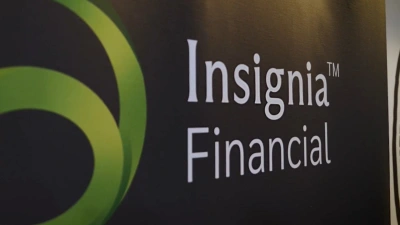Charter Hall Retail REIT reweights to Australia
The Charter Hall Retail real estate investment trust (REIT) has reported operating earnings of $41.7 million for the six months to 31 December 2011 (13.92 cents per unit) and a distribution of 13 cents per unit.
Charter Hall Retail REIT acting chief executive Scott Dundas said the result was based on a medium-term strategy to move out of overseas properties and focus on the Australian market.
This was reflected in the addition of three properties to the Australian portfolio for a total of $90 million in the past six months, which was funded from offshore asset sales, surplus cash and undrawn debt facilities, said Dundas.
"Our Australian portfolio now represents 91 per cent of NTA, with balance sheet gearing of the Australian portfolio at 30.1 per cent," he added.
The REIT's Australian portfolio had an occupancy rate of 98.7 per cent as at 31 December 2011, and its anchor tenants comprised mostly Coles and Woolworths supermarkets.
The weighted average lease expiry of the REIT's Australian supermarkets and discount department stores is 11.2 years.
Dundas said the resilience of non-discretionary retail spending would underpin the REIT's strategy of being a "specialist owner of supermarket-anchored neighbourhood and sub-regional shopping centres in Australia".
The balance sheet gearing for the Australian portfolio was 30.1 per cent as at 31 December 2011, and 39.1 per cent for the total REIT.
The total portfolio value of the REIT was $1,904 million as at 31 December 2011, and its net tangible assets (NTA) were $1,029 million. The statutory profit for the REIT was $4.3 million, or 1.44 cents per unit.
The forecast operating earnings for financial year 2011-12 - "barring unforeseen events and on execution of strategy" - were expected to be in the range of 28.75 to 29.25 cents per unit, reflecting a payout ratio between 85 per cent and 95 per cent, Dundas said.
Recommended for you
Russell Investments has partnered with financial advice firm Invest Blue to launch a managed portfolio offering to deliver broader private market access for Australian advised investors.
Franklin Templeton has continued the review of its fixed-income fund range, with multiple changes announced across 15 funds, including several management fee reductions.
Insignia Financial has reported net inflows of $448 million into its asset management division in the latest quarter, as well as popularity from advisers for its MLC managed accounts.
With ASIC questioning the dominance of research houses when it comes to retail usage of private market funds, a research house has shared how its ranking process sits alongside ASIC’s priorities.











